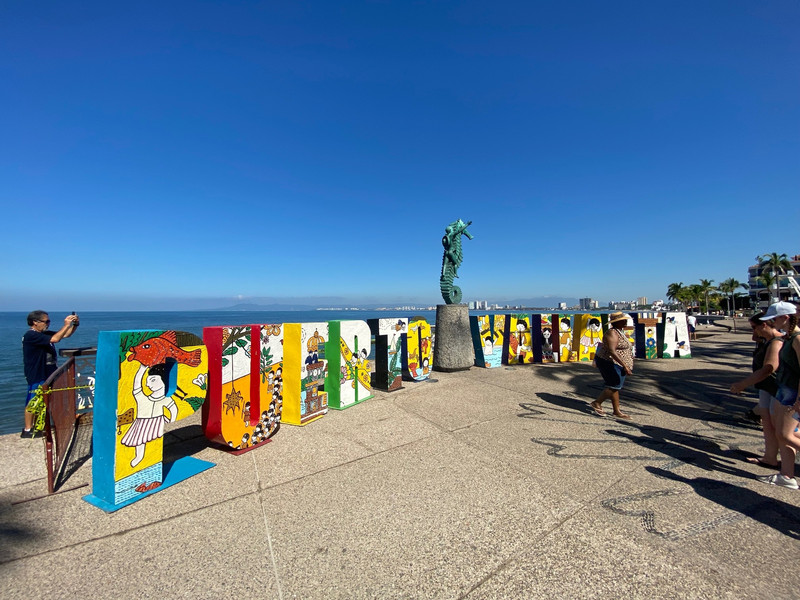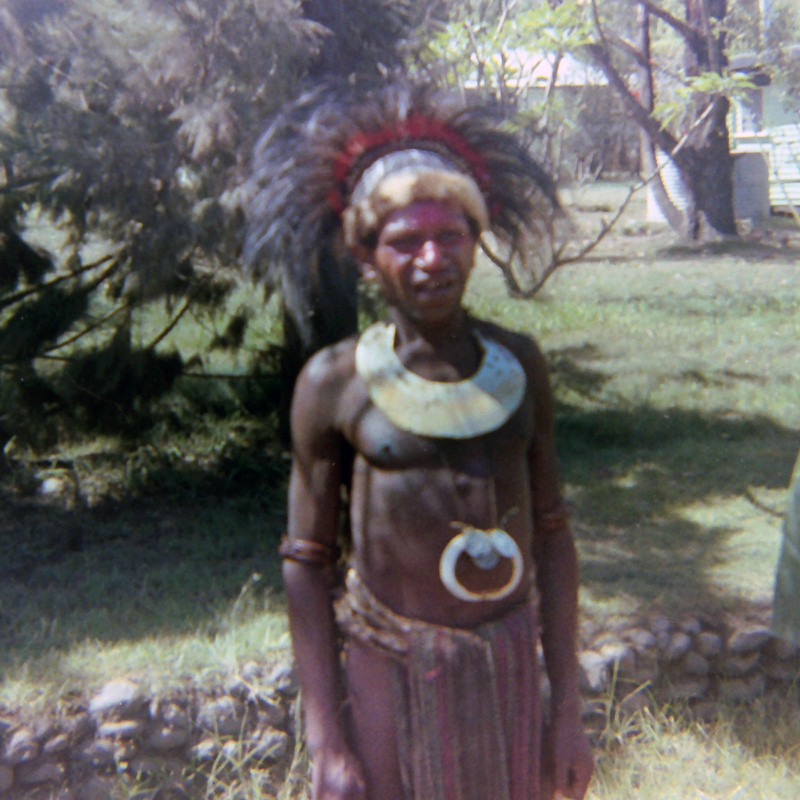La Ramblas history is the Boqueria Markets history. The evolution from a past of peddlers to a modern and charming present, full of colour and life. The market is a metaphor for Barcelonas life, a human river that is the delight for those who like watching.
The first of Barcelonas local markets was opened on Saint Josephs day, on the 19th of March 1840, after four years of work on the land that was up until then occupied by Saint Josephs convent. However, the history goes back a good few years before, because on the site on Rambla where the market is today, there were already peddlers selling meat in the thirteenth century.
Marquis Campo Sagrado, Catalonias general captain, started to establish the rules for this travelling market in an area that became a large square after the convent was gone. With time the Boqueria Market of Barcelona transformed itself in a modern market. It incorporated the gas illumination and the metal cover was finished in 1914. This metal cover as well as protecting food, sellers and buyers, gives character to the market. Nowadays, the third and fourth generation of sellers
proudly show the oldest and food market of Barcelona. They offer us vegetables, meat, fish and thousands of other products in stalls with great charm and imaginative presentation. Boqueria Market is a space full of life, history and unquestionable architectural value.
Esqueixada: A salad made with peppers, tomatoes, onions, red wine vinegar and shredded bacalao. Bacalao is salt cod and is typical of the region - cod preserved in salt and soaked before serving.
Butifarra: An uncured spiced sausage with similarities to Cumberland sausage. Used both in cooking and as a tapa with pa amb tomaquet
Calots: These baby leeks are specific to Spring - traditional parties known as Calotadas take place during this period. The vegetables are normally barbecued and served with Romesco Sauce
Pa Amb Tomaquet (Pan Con Tomate): Bread rubbed with fresh tomatoes and drizzled with oil and salt. A true Catalan staple.









